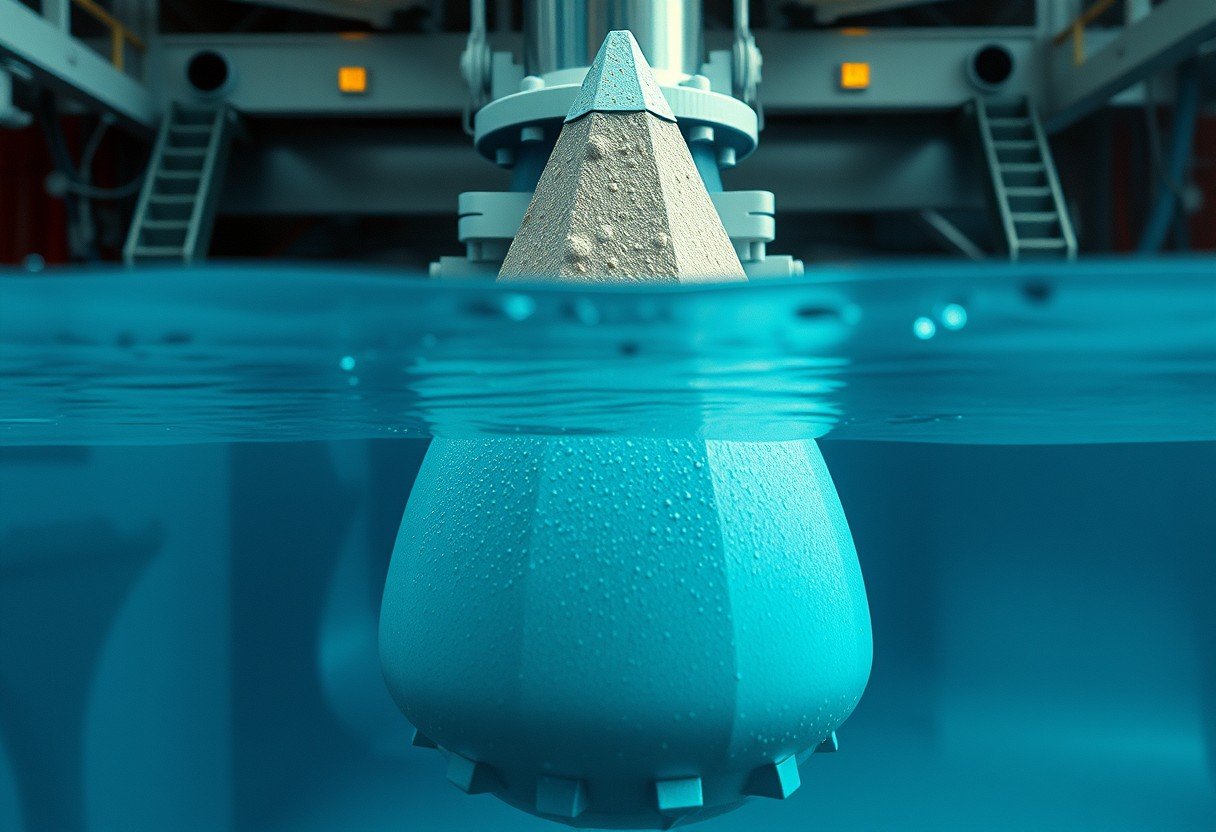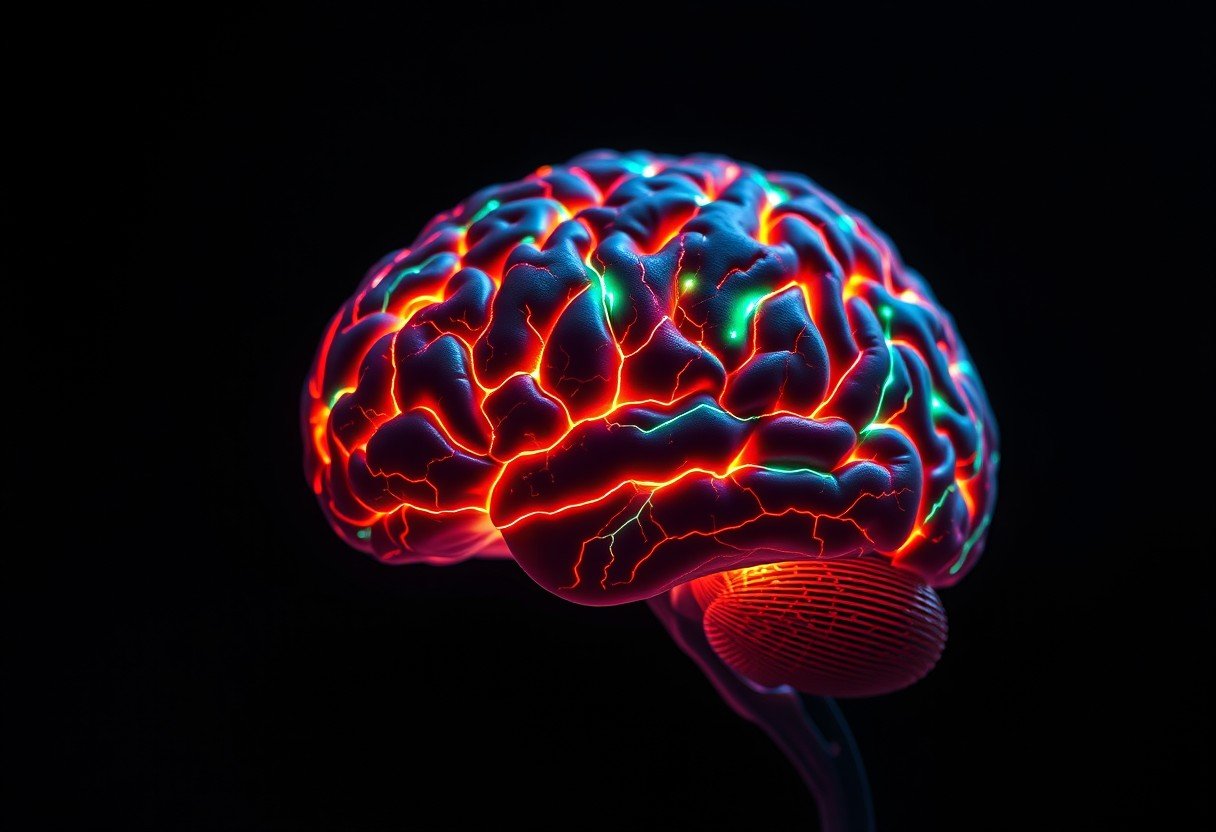Puberty is a major life stage, but have you ever wondered what controls its timing? Recent research shows it’s not just about biology. Your environment, from the food you eat to the stress you experience, plays a huge role. This complex interaction between your genes and your surroundings determines when puberty starts, how it progresses, and its long-term impact on your health. Understanding this connection can help you navigate this important phase.
What are the Biological Drivers of Puberty?
At its core, your journey through puberty is guided by a biological blueprint. This blueprint is largely written in your DNA, meaning your family history can offer clues about your own developmental timeline. If your parents or older siblings started puberty early or late, there’s a good chance you might follow a similar pattern.
The process is kicked off by a complex hormonal cascade. It all starts in your brain when the hypothalamus releases a hormone called GnRH. This acts as a signal to the pituitary gland, which in turn tells the gonads (testes in boys and ovaries in girls) to start producing sex hormones. This intricate feedback system between your brain and reproductive organs is the engine of pubertal maturation.
Your overall health and body composition are also key biological factors. The body needs a certain amount of energy reserves, often measured by body fat, to signal that it’s ready for the demanding process of sexual maturation. This is why nutrition and general health are so deeply connected to the onset of puberty.
How does Your Environment Influence Pubertal Timing?
While your genes set the stage, your environment directs the show. Many external factors can speed up or slow down your body’s pubertal clock. You might be surprised by how much your daily life and surroundings can impact this biological process.
Some of the most significant environmental influences include:
- Nutrition and Diet: A diet high in calories and processed foods can lead to a higher body mass index (BMI), which is strongly linked to an earlier start of puberty, especially in girls. Conversely, malnutrition can delay it.
- Exposure to Chemicals: Certain chemicals in our environment, known as endocrine disruptors, can interfere with your body’s hormones. These are found in plastics, pesticides, and personal care products and have been linked to changes in pubertal timing.
- Psychosocial Stress: High levels of stress, particularly from family conflict or a difficult home environment, have been shown to accelerate the onset of puberty in some children.
- Socioeconomic Status: Your family’s financial situation can influence your access to nutritious food, healthcare, and safe living conditions, all of which play a role in developmental timing.
These factors don’t work in isolation. Instead, they interact with each other and with your genetic predispositions, creating a unique developmental path for every individual.
The Intricate Dance between Genes and Environment
It’s not simply a case of nature versus nurture; it’s a partnership. Your genetic makeup isn’t a fixed destiny. Instead, it provides a range of possibilities, and your environment helps determine the final outcome. This concept is known as gene-environment interaction.
For example, a child may have genes that predispose them to later puberty. However, if they grow up with a high-calorie diet and exposure to certain environmental chemicals, these external factors can override the genetic tendency, leading to an earlier onset. This dynamic shows that your environment can actually turn certain genetic switches on or off.
This is where the fascinating field of epigenetics comes in. Epigenetics refers to changes in gene expression that don’t involve altering the DNA sequence itself. Environmental factors like diet, stress, and toxin exposure can cause epigenetic modifications that influence how and when your genes related to puberty are activated. These changes can have lasting effects, impacting not just puberty but also long-term reproductive and metabolic health.
Why do Boys and Girls Experience Puberty Differently?
The timing and progression of puberty vary significantly between genders, a difference rooted in both biology and environmental sensitivities. Girls typically begin puberty earlier than boys, a trend that has been observed across different cultures and populations.
This disparity is primarily driven by hormonal differences and how each gender responds to external cues. For instance, body fat levels seem to play a more direct role in triggering puberty in girls than in boys.
To better understand these differences, here’s a general comparison of pubertal milestones:
| Milestone | Typical Age Range in Girls | Typical Age Range in Boys |
| Start of Puberty | 8 to 13 years | 9 to 14 years |
| First Major Sign | Breast development | Testicular enlargement |
| Growth Spurt | Starts early in puberty | Starts mid-puberty |
| End of Puberty | Around 15 to 17 years | Around 16 to 18 years |
Understanding this variability is crucial for providing the right support, as the emotional and social challenges can differ greatly between boys and girls, especially for those who mature much earlier or later than their peers.
Long-Term Health Effects of Puberty Timing
When puberty begins can have ripple effects that last a lifetime. The timing is more than just a developmental milestone; it’s linked to a range of physical and psychological health outcomes in adulthood. Both early and late maturation come with their own sets of potential challenges.
For individuals who mature early, especially girls, studies have shown a higher risk for certain health issues later in life. This is because a longer lifetime exposure to hormones like estrogen can influence the development of various conditions.
Some of the long-term implications include:
- Physical Health: Early puberty is associated with an increased risk of obesity, type 2 diabetes, cardiovascular disease, and certain types of cancer, such as breast cancer. Late maturers may face different risks, including lower bone density.
- Mental and Social Health: Early maturers often face social and emotional pressures they aren’t yet equipped to handle. This can lead to higher rates of anxiety, depression, and substance use. They may struggle with body image and feel out of sync with their peers.
On the other hand, late bloomers might struggle with feelings of inadequacy or social isolation during their teen years. Acknowledging these potential outcomes highlights the importance of supporting young people through their unique developmental journeys.
Are Kids Today Really Hitting Puberty Earlier?
Yes, researchers have observed a consistent trend over the past several decades: children, particularly girls, are starting puberty at a younger age. This isn’t just a perception; it’s a phenomenon backed by scientific data from around the world. This shift underscores the powerful role of our changing environment.
The primary drivers behind this trend are thought to be environmental and lifestyle-based. Rising rates of childhood obesity are considered a major contributor, as higher body fat can trigger hormonal changes that initiate puberty. Increased exposure to endocrine-disrupting chemicals in food, water, and consumer products is another key suspect.
This trend also shows significant regional variations. Children in developed, urban areas often start puberty earlier than those in rural or developing regions. This points to the influence of lifestyle factors, dietary habits, and different environmental exposures. Understanding these trends helps public health officials create better policies to protect children’s developmental health.
Frequently Asked Questions about Puberty
What is the biggest factor in puberty timing?
While genetics create the foundation, recent studies suggest that environmental factors, especially nutrition and body weight, are becoming increasingly powerful influences on when puberty starts.
Can stress cause early puberty?
Yes, chronic psychosocial stress, such as from a difficult family environment, has been linked to an earlier onset of puberty, particularly in girls. The body may interpret this stress as a signal to mature faster.
What are endocrine disruptors and how do they affect puberty?
Endocrine disruptors are chemicals that can interfere with the body’s hormone system. Found in items like plastics (BPA) and pesticides, they can mimic hormones and have been linked to both early and delayed puberty.
Why does puberty timing matter for long-term health?
The timing of puberty determines the length of your exposure to certain sex hormones, which can affect your risk for conditions like heart disease, diabetes, and some cancers later in life. It can also have lasting impacts on mental health and social development.
Is there anything I can do to support a healthy pubertal timeline?
Yes, promoting a balanced diet, encouraging regular physical activity, maintaining a healthy weight, and reducing exposure to known endocrine-disrupting chemicals can support a healthy developmental timeline for a child. A stable and supportive home environment also plays a crucial role.









Leave a Comment